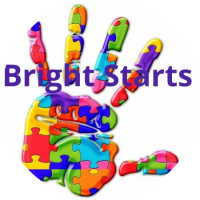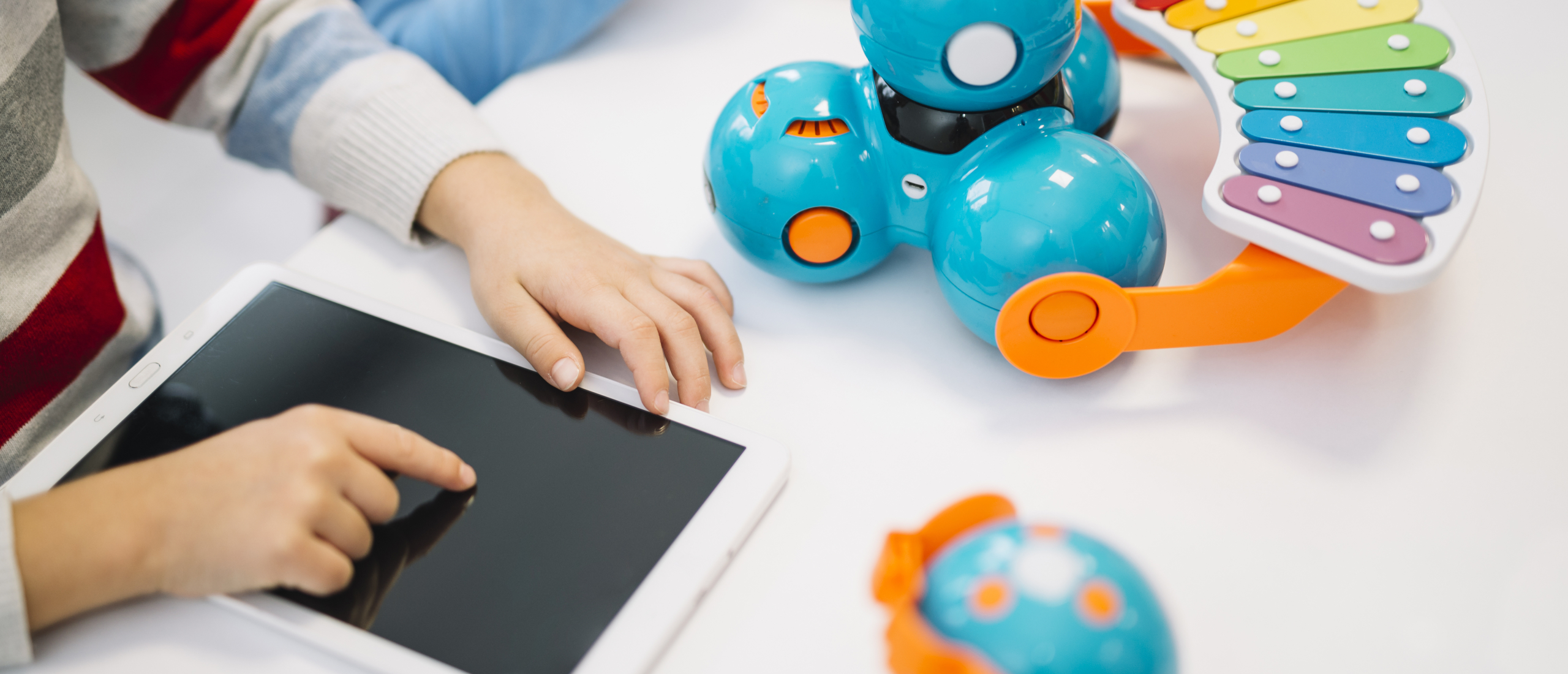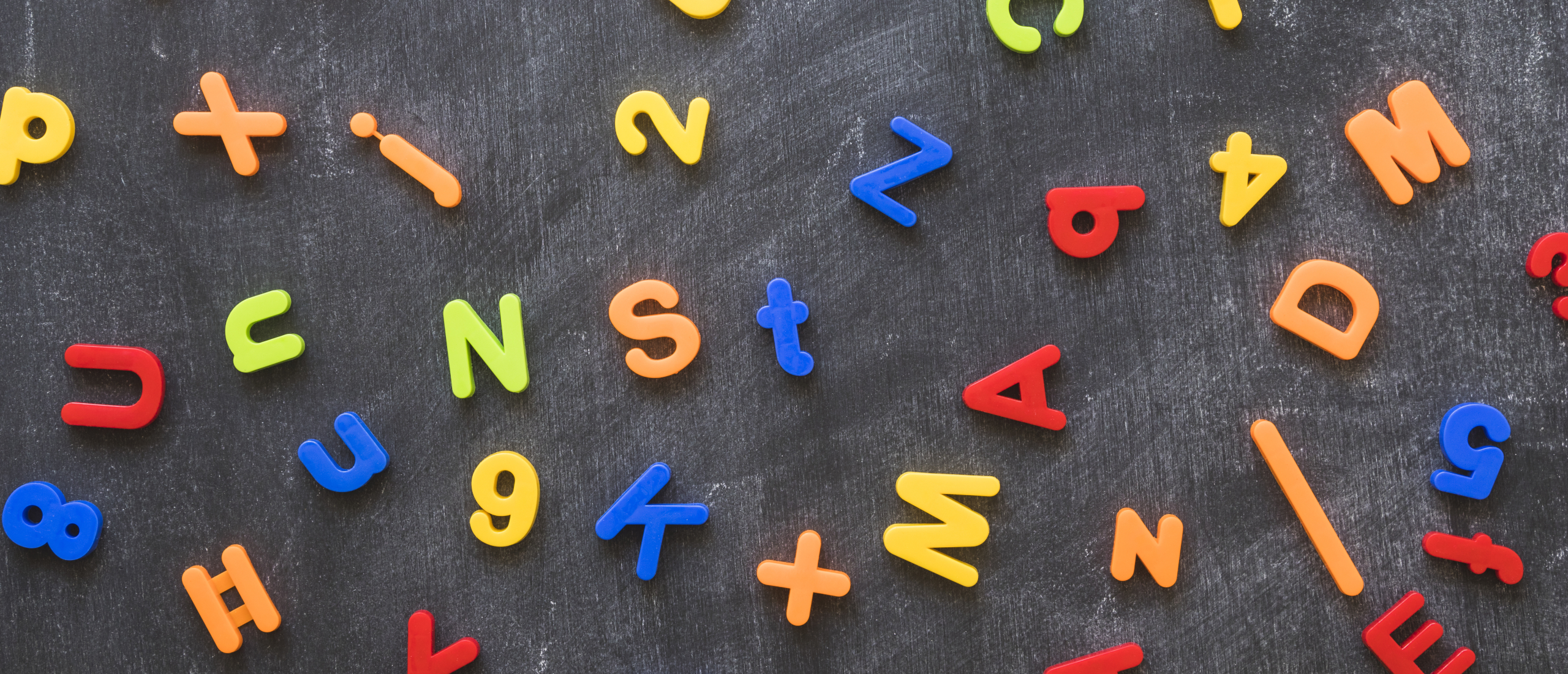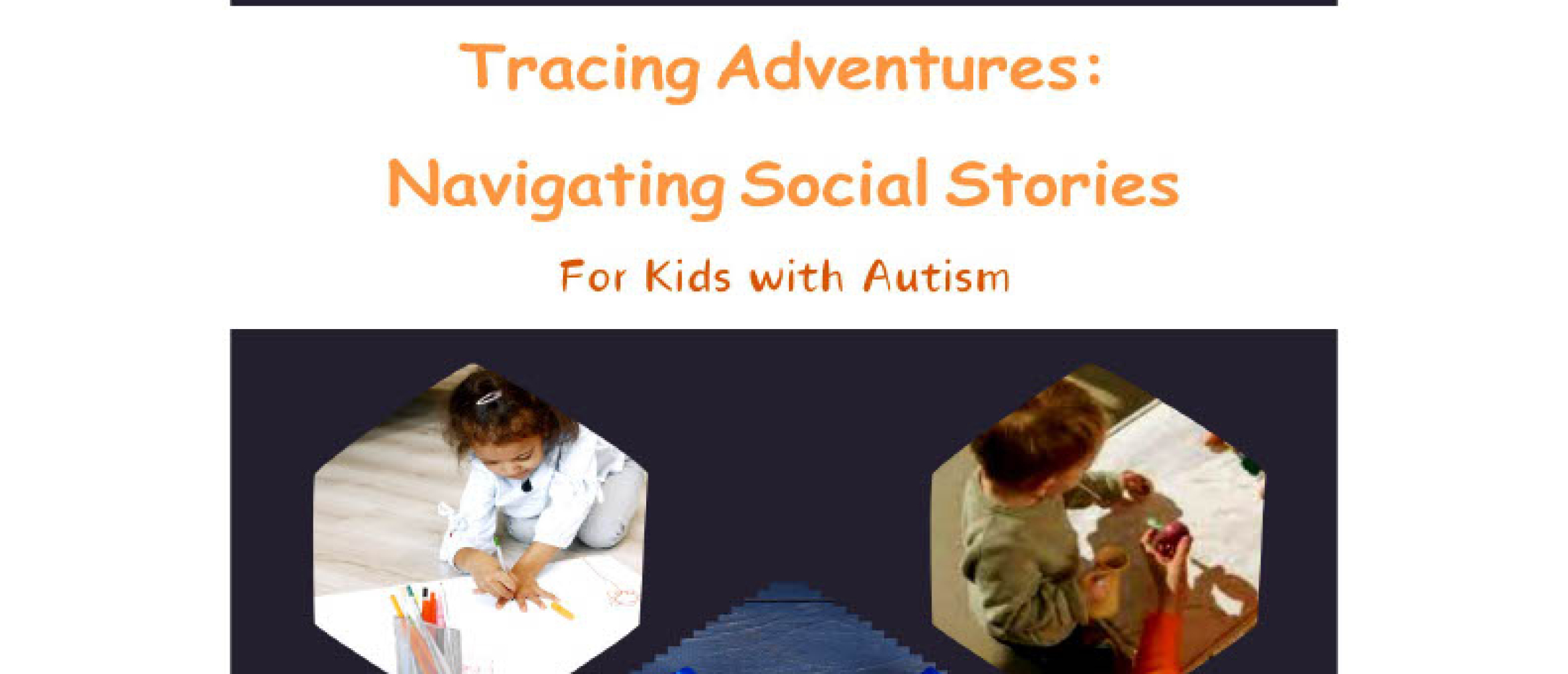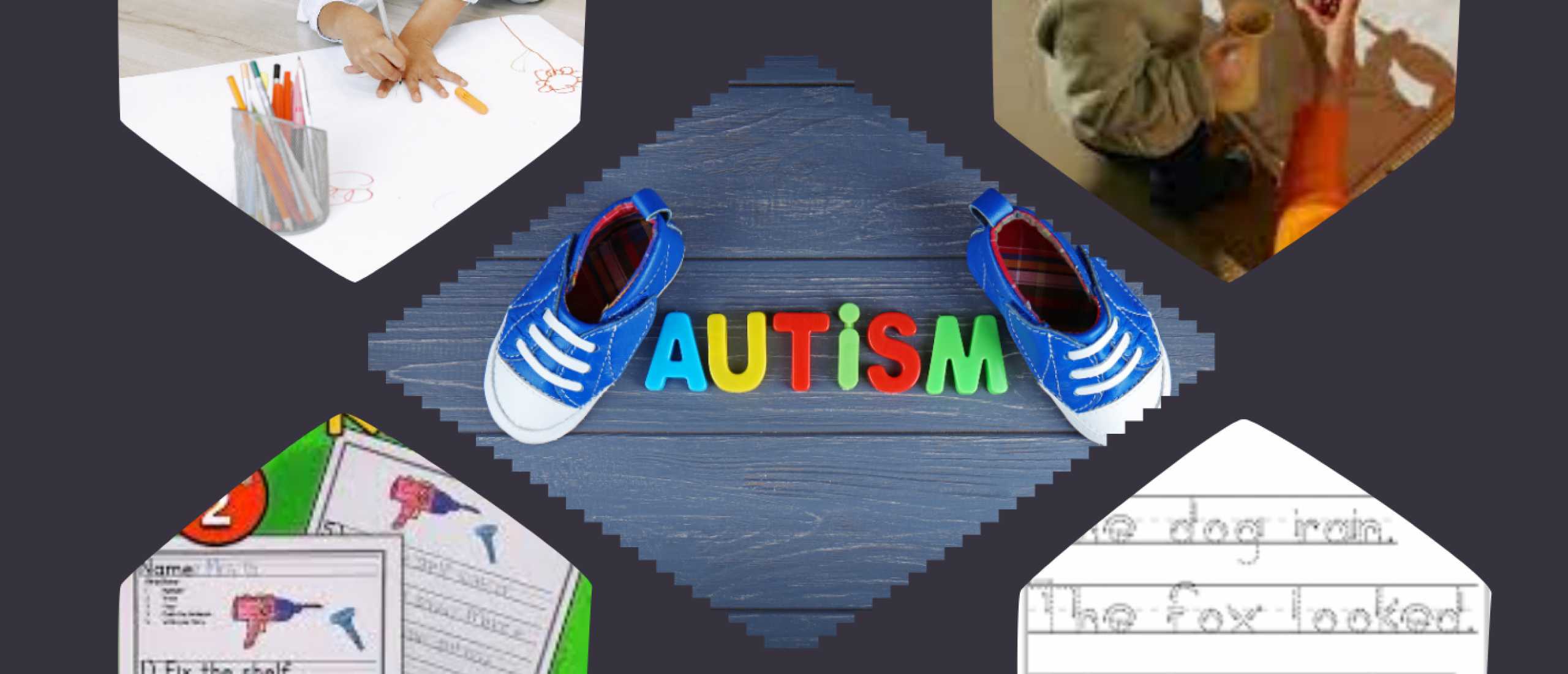
Nurturing Minds: How Workbooks Can Transform Learning for Children with Autism
Welcome to our latest round of posts on Workbooks for Children with Autism, a resource center devoted to offering personalized learning tools tailored to the unique needs of children on the autism spectrum. Our focus? How workbooks nurture the mind and abilities of children with autism, and practical ways for parents and educators to maximize their benefits.
The Power of Personalized Learning
Our little ones see the world in beautifully distinct ways – as such, their approach to learning should reflect that diversity. Workbooks developed for children with autism recognize this potential, delivering carefully planned, predictable activities that can be tailored precisely to each child’s particular interests and level of ability.
Why Use Workbooks?
Visual Learning: Since many children with autism are visual learners, workbooks with bright, engaging illustrations have proven capable of catching their attention and boosting comprehension in a big way.
Repetition & Routine: If there’s one thing a young child with autism absolutely loves, it’s routine – and that’s where the repetitive nature of workbook exercises comes in, helping to solidify and perfect new skills and bring new information into play.
Flexibility: Workbooks are ready whenever, wherever you please, fitting into your daily life, schoolroom plan, or therapy structure smoothly – at home, at school, or on-the-go.
Fosters Independence: With clear instructions and structured activities, workbooks encourage children to work independently, fostering a sense of achievement and confidence.
Suggestions for Using Workbooks Effectively
Choose Interest-Based Workbooks: Select workbooks that align with your child's interests. Whether it's dinosaurs, space, or fairy tales, engaging content will motivate and inspire learning.
Incorporate Sensory Activities: Many children with autism benefit from sensory integration. Look for workbooks that include tactile activities, such as stickers, tracing, or spaces for drawing and coloring.
Set a Comfortable Pace: Allow your child to work through the workbook at their own pace. Celebrate progress, no matter how gradual, and ensure the learning experience remains positive and pressure-free.
Use Workbooks as a Communication Tool: Workbooks can be a great way to initiate interaction. Discuss the activities, ask questions, and encourage your child to express their thoughts and preferences.
Integrate Technology: Complement workbook activities with educational apps and online resources. Many children with autism respond well to digital learning tools, which can reinforce concepts learned through workbooks.
In Conclusion
They're more than just textbooks or educational resources; the right workbook is a gateway to discovery and a lifelong love of learning for children with autism. With the right workbooks and considerations, we can help our children build skills in a fun, supportive atmosphere–all the while building their self-confidence and a lifelong passion for exploration. We invite you to explore our collection of Workbooks for Children with Autism and find the workbook that sparks your child’s wonder and excitement today. Here’s to a lifetime of learning for your little one. We can’t wait to hear about the incredible things they’ll accomplish. Remember, every child has the potential to make waves and do great things. All it takes is that one person who believes in them and equips them for success. Let’s be that person for them.
